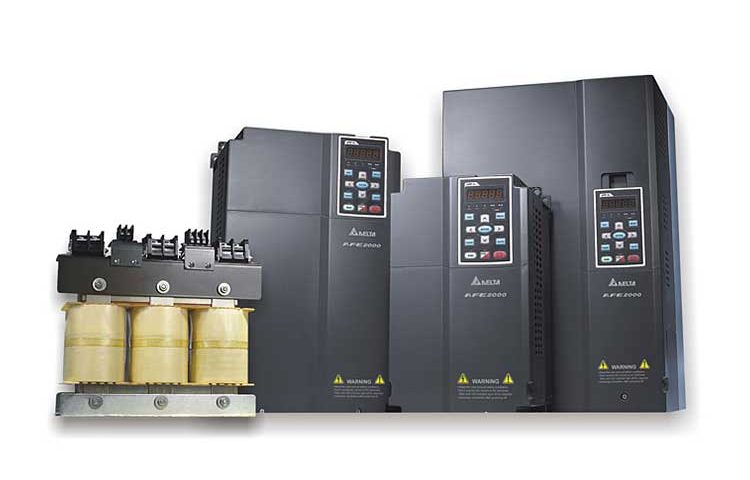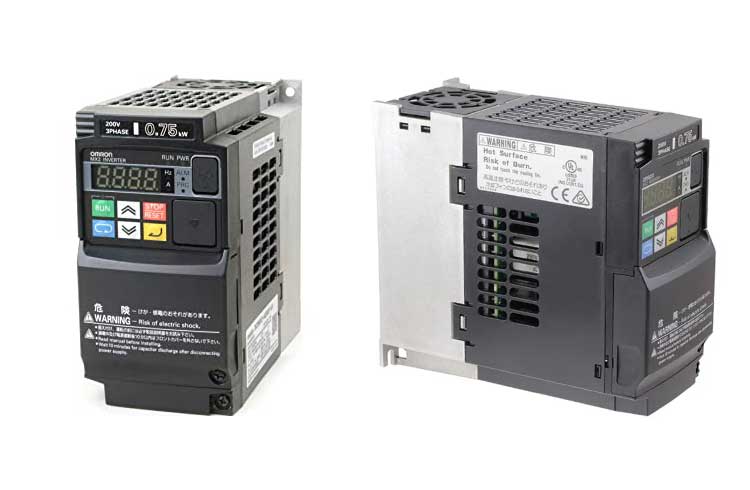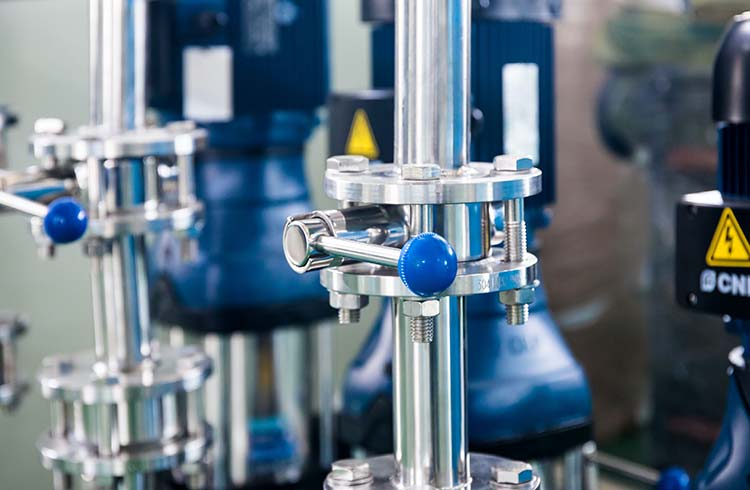- Room for insight!
- (02) 860 88 960
- info@controlhub.com.au
Reasons to use variable speed drives

SCADA architecture, legacy to modern structure
26 May 2022
Case Study, Upgrade of the mixing plant (PART 1)
30 June 2022Reasons to use variable speed drives
There are many different reasons for using variable speed drives. Some applications, such as B. Papermaking machines cannot run without them, while others, such as centrifugal pumps, can benefit from energy savings.
In general, frequency converters are used to:
- Match the speed of a drive to process needs
- Adapt the torque of a drive to the process requirements
- Save energy and increase efficiency
The requirements for speed and torque control are usually obvious.
Modern electric inverters can be used to keep the speed of a driven machine to within ±0.1%, regardless of the load, compared to the speed control possible with a traditional squirrel-cage induction motor, where the speed can be adjusted up to 3% from no-load to Full load may vary.
Many users do not always fully appreciate the benefits of energy savings. These savings are particularly evident in centrifugal pumps and fans, where load torque increases as the square of speed and power consumption as the cube of speed.
A commonplace example that illustrates the benefits of variable speed control is the automobile. It has become an integral part of our lives that we rarely think about the technology it represents or that it is merely a variable speed platform. It is used here to illustrate how variable speed drives are used to improve a machine's speed, torque and energy efficiency. It is intuitively obvious that the speed of a motor vehicle must be continuously controlled by the driver (the operator) to the traffic conditions on the road (the process).
In a city, speed limits must be respected, collisions avoided and, if necessary, started, accelerated, braked and stopped.
On the open road, the main objective is to get to the destination safely in the shortest possible time without exceeding the speed limit.
The two main controls used to control speed are the accelerator pedal, which controls drive torque, and the brake, which adjusts load torque.
A car cannot be safely operated in city traffic or on the open road without these two checks. The driver must constantly adjust the fuel supply to the engine (the drive) in order to cope with changes in the load, e.g., uphill, downhill or strong wind conditions to maintain a constant speed. In other cases, he may need to use the brake to adjust the load and brake the vehicle to a stop.
Another important issue for most drivers is the cost of fuel or the cost of energy consumption. Speed is controlled by the accelerator pedal, which controls fuel delivery to the engine.
By adjusting the position of the accelerator pedal, the energy consumption is reduced to a minimum and adapted to the speed and load conditions. Imagine the high fuel consumption of a vehicle with a fixed accelerator pedal that controls speed via brake position.
Fundamental Principles
The following is an overview of some of the basic principles involved in frequency converter applications.
Forward direction
Forward direction refers to movement in a specific direction, selected by the user or designer as the forward direction. The forward direction is denoted as positive (+ve). For example, the forward direction for a motor vehicle is intuitively evident from the design of the vehicle.
Reverse direction
Reverse direction refers to moving in the opposite direction. The reverse direction is denoted as negative (—ve).
For example, the reverse direction for a motor vehicle is sometimes used for special situations, such as parking or parking the vehicle.
Makes
Motion is the result of the application of one or more forces to an object. The movement takes place in the direction in which the resultant force is exerted. So, force is a combination of both magnitude and direction. A force can be +ve or - depending on the direction in which it is applied.
A force is said to be +ve when applied in the forward direction and - when applied in the reverse direction. In SI units, force is measured in newtons.
Linear Velocity (v) or Velocity (n)
Linear velocity is the measure of the linear distance that a moving object travels in a unit of time.
It is the result of a linear force being applied to the object. In SI units, this is usually measured in meters per second (m/s). Kilometres per hour (km/h) is also a common unit of measurement. For movement in the forward direction, the speed is fixed Positive (+ ve). For reversing, the speed is set negative (—ve).
Angular Velocity (up) or RPM (n)
Although a force is directional and results in linear motion, many industrial applications are based on rotary motion. The rotational force associated with a rotating device is called torque. Angular velocity is the result of the application of torque and is the angular rotation that a moving object covers in a unit time.
In SI units, this is usually measured in radians per second (radlsec) or revolutions per second (revlsec).
If you work with rotating machines, these units are usually too small for practical use. Therefore, it is common to measure RPM in revolutions per minute (revolutions per minute).
Torque
The torque is the product of the tangential force F at the circumference of the wheel and the radius r at the centre of the wheel. In SI units, torque is measured in Newton meters (Nm). A torque can be +ve or - depending on the direction it is applied. A torque is said to be +ve when applied in forward direction of rotation and - when applied in reverse direction of rotation.
Reference: Practical Frequency Converters and Power Electronics - Malcolm Barnes




